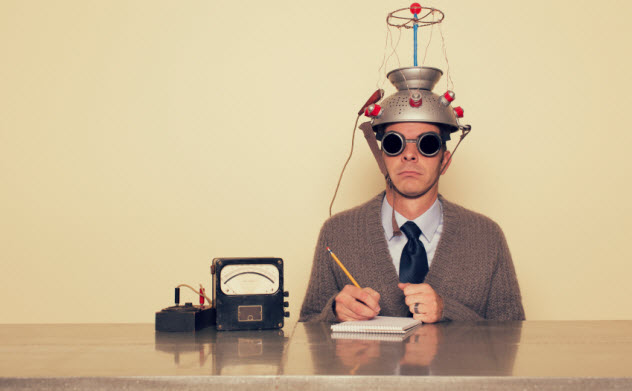5 The Criminal Brain As A Legal Defense
The number of criminals using their brain scans to lighten their sentences has skyrocketed in recent years. Between 2007 and 2011, the number of cases in which judges mentioned neuroscientific evidence increased from 112 to 1,500. Researchers derived these numbers from court records. However, many cases were settled out of court and the database was incomplete, so the total number was likely to be even higher. Of course, this may not mean that neuroscience is affecting the outcome of more court cases, just that judges are discussing it more. In one case, a Virginia teacher was caught viewing child pornography and then convicted of child molestation. But the night before he went to jail, a brain tumor was discovered to have been causing his pedophiliac tendencies. Even without tumors, brains scans show that criminals’ brains sometimes do function differently. In one case, a woman murdered her sister, set fire to the corpse, and then attempted to murder her parents. She had her sentence reduced from life to 20 years because there was an abnormality in the region of her brain that regulates impulsivity and aggression. Neuroscience is often used in the courtroom to lighten sentences. But whether blaming criminal behavior on a person’s brain should affect legal outcomes is a matter of fierce debate.
 Ọmọ Oòduà Naija Gist | News From Nigeria | Entertainment gist Nigeria|Networking|News.. Visit for Nigeria breaking news , Nigerian Movies , Naija music , Jobs In Nigeria , Naija News , Nollywood, Gist and more
Ọmọ Oòduà Naija Gist | News From Nigeria | Entertainment gist Nigeria|Networking|News.. Visit for Nigeria breaking news , Nigerian Movies , Naija music , Jobs In Nigeria , Naija News , Nollywood, Gist and more










